Fusiform gyrus
Recent articles
Brain’s response to faces foretells social development in autistic people
A delayed brain response to viewing faces may predict lags in social-skill development in autistic people.
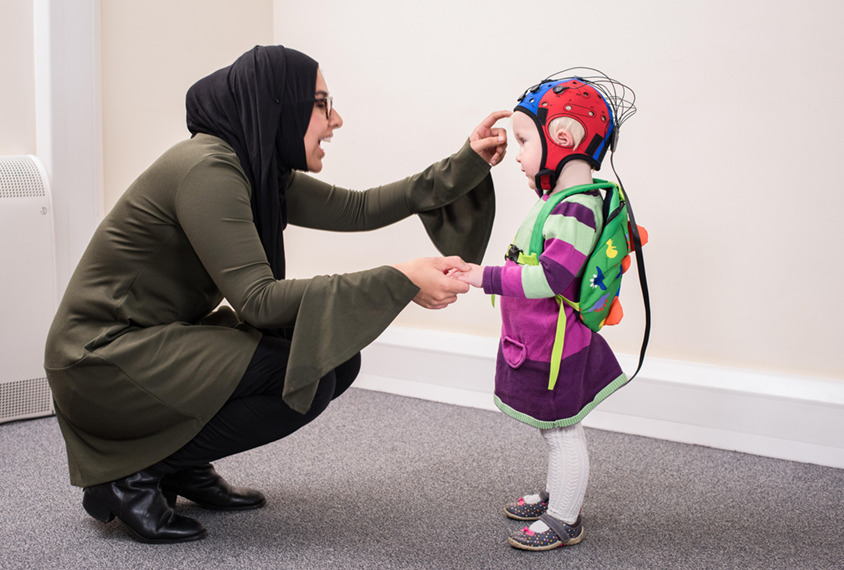
Brain’s response to faces foretells social development in autistic people
A delayed brain response to viewing faces may predict lags in social-skill development in autistic people.
Amygdala-linked brain areas grow differently in autism
The growth differences vary between autistic boys and girls and are most apparent among children with prominent social difficulties.
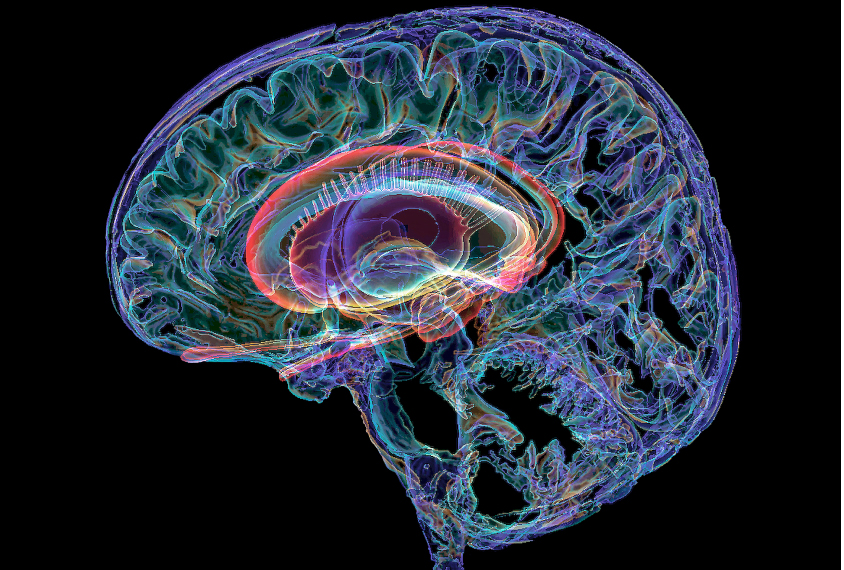
Amygdala-linked brain areas grow differently in autism
The growth differences vary between autistic boys and girls and are most apparent among children with prominent social difficulties.
Inflammation may reshape brain regions tied to autism
Having a genetic predisposition to inflammation is linked to structural changes in brain regions implicated in neurodevelopmental conditions.
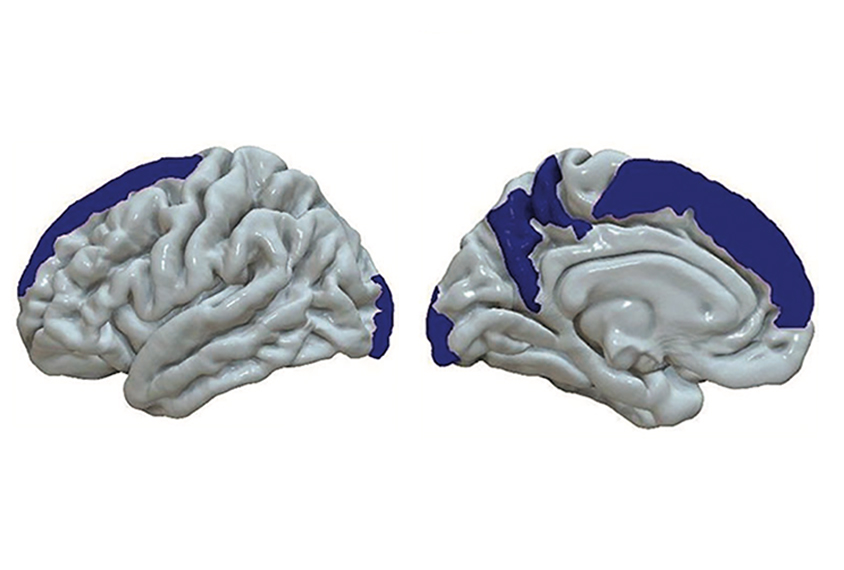
Inflammation may reshape brain regions tied to autism
Having a genetic predisposition to inflammation is linked to structural changes in brain regions implicated in neurodevelopmental conditions.
In autism, food quirks show up in social brain areas
Young adults with autism who have intense sensitivity to taste show increased activation in social areas of the brain when they taste something sweet.

In autism, food quirks show up in social brain areas
Young adults with autism who have intense sensitivity to taste show increased activation in social areas of the brain when they taste something sweet.
Face processing may improve over time in children with autism
The activity of the brain's face detector, the fusiform gyrus, in response to faces is greater in adolescents with autism than it is in younger children with the condition.
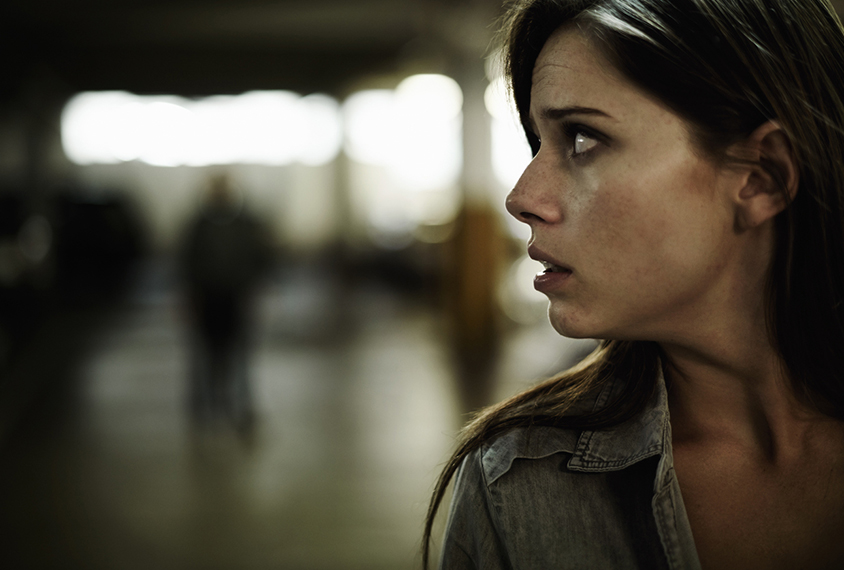
Face processing may improve over time in children with autism
The activity of the brain's face detector, the fusiform gyrus, in response to faces is greater in adolescents with autism than it is in younger children with the condition.
Banking on brains for clues to autism
New initiatives aim to increase brain donations for autism research and maximize what scientists can learn from these precious specimens.
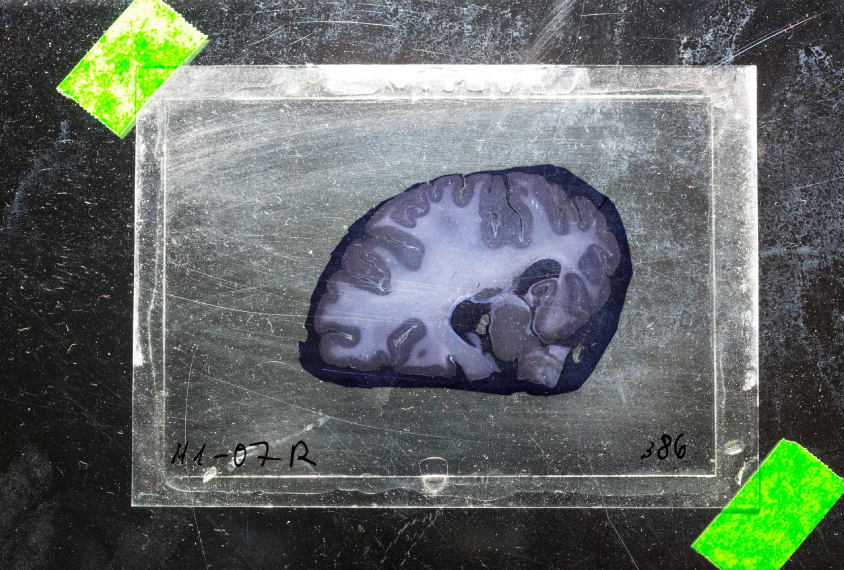
Banking on brains for clues to autism
New initiatives aim to increase brain donations for autism research and maximize what scientists can learn from these precious specimens.
Face learning; mosaic inheritance; nosy scientists and more
A monkey study suggests facial recognition is not innate, a puzzle piece symbol carries negative connotations, and scientists are using a federal law to snoop on colleagues.
Face learning; mosaic inheritance; nosy scientists and more
A monkey study suggests facial recognition is not innate, a puzzle piece symbol carries negative connotations, and scientists are using a federal law to snoop on colleagues.
Brain scans sniff out root of unusual sense of smell in autism
People with autism who are acutely sensitive to smells have unusually weak connections between a brain region that processes social stimuli and one that integrates sensory information.
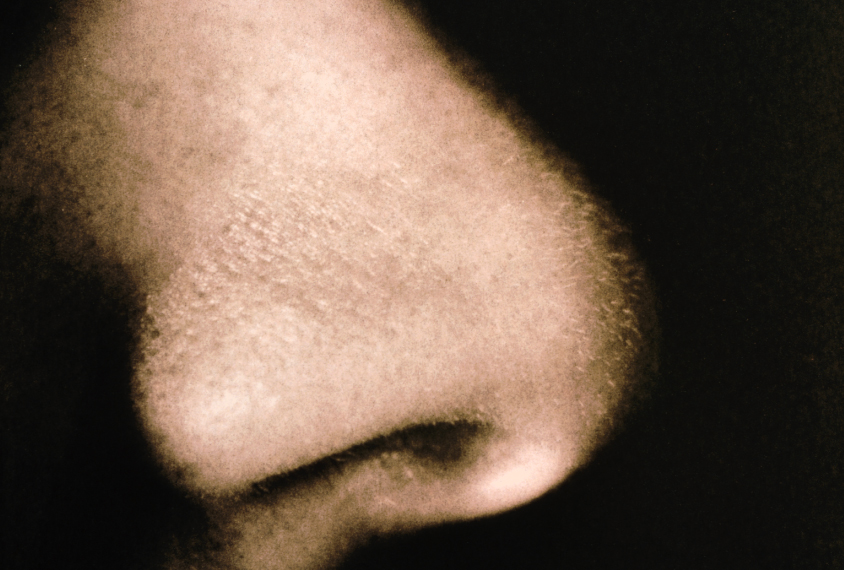
Brain scans sniff out root of unusual sense of smell in autism
People with autism who are acutely sensitive to smells have unusually weak connections between a brain region that processes social stimuli and one that integrates sensory information.
Brain signature characterizes boys with autism
Activity in the social brain circuit can distinguish a boy who has autism from a typically developing boy with 76 percent accuracy.

Brain signature characterizes boys with autism
Activity in the social brain circuit can distinguish a boy who has autism from a typically developing boy with 76 percent accuracy.
Brain’s social ‘river’ carries clues about autism
Researchers are homing in on the superior temporal sulcus, a groove in the brain that collects social information, as a key player in autism.
Brain’s social ‘river’ carries clues about autism
Researchers are homing in on the superior temporal sulcus, a groove in the brain that collects social information, as a key player in autism.
Explore more from The Transmitter
Insights on suicidality and autism; and more
Here is a roundup of autism-related news and research spotted around the web for the week of 8 December.

Insights on suicidality and autism; and more
Here is a roundup of autism-related news and research spotted around the web for the week of 8 December.
Exclusive: Springer Nature retracts, removes nearly 40 publications that trained neural networks on ‘bonkers’ dataset
The dataset contains images of children’s faces downloaded from websites about autism, which sparked concerns at Springer Nature about consent and reliability.

Exclusive: Springer Nature retracts, removes nearly 40 publications that trained neural networks on ‘bonkers’ dataset
The dataset contains images of children’s faces downloaded from websites about autism, which sparked concerns at Springer Nature about consent and reliability.
Seeing the world as animals do: How to leverage generative AI for ecological neuroscience
Generative artificial intelligence will offer a new way to see, simulate and hypothesize about how animals experience their worlds. In doing so, it could help bridge the long-standing gap between neural function and behavior.

Seeing the world as animals do: How to leverage generative AI for ecological neuroscience
Generative artificial intelligence will offer a new way to see, simulate and hypothesize about how animals experience their worlds. In doing so, it could help bridge the long-standing gap between neural function and behavior.